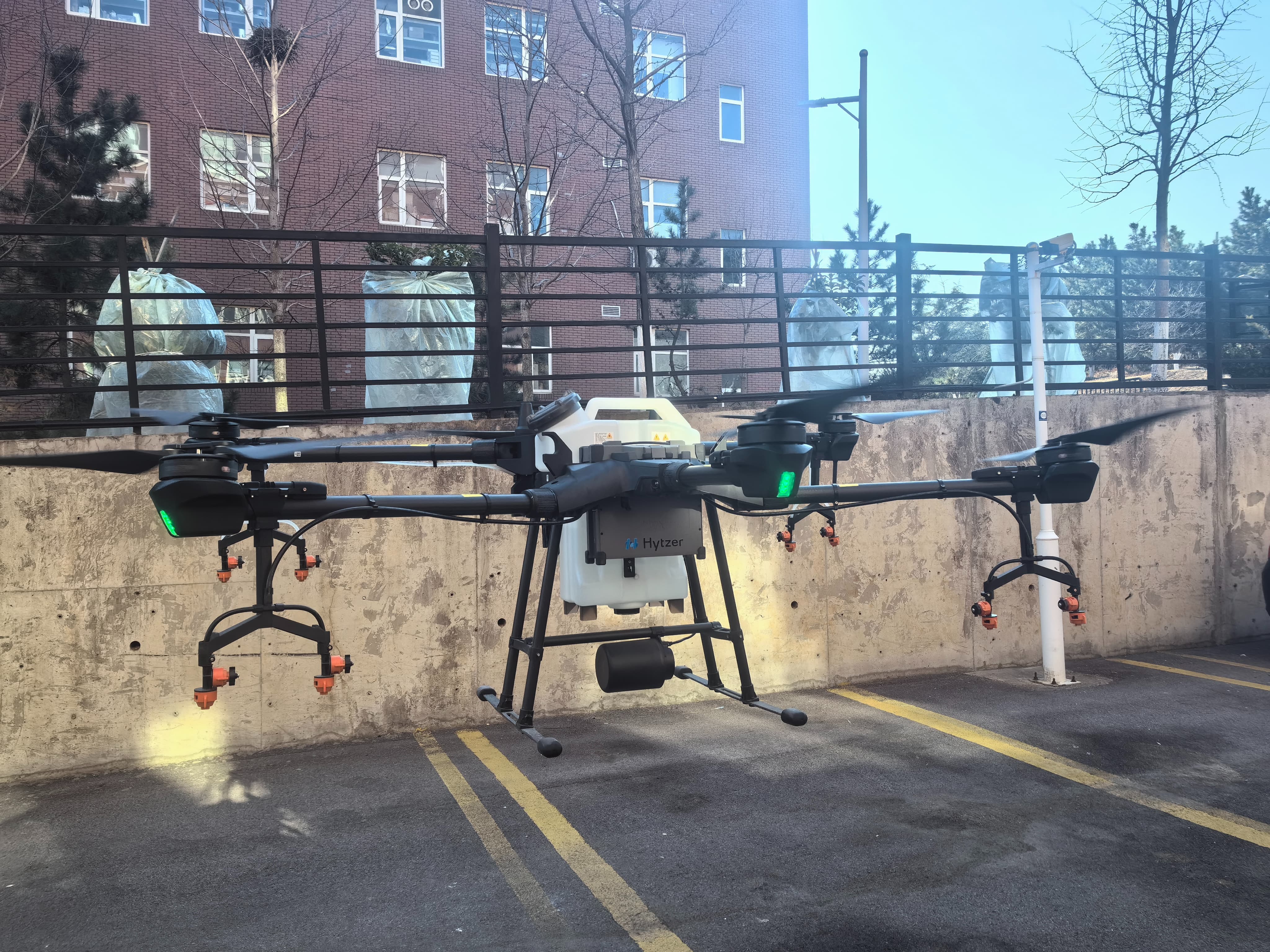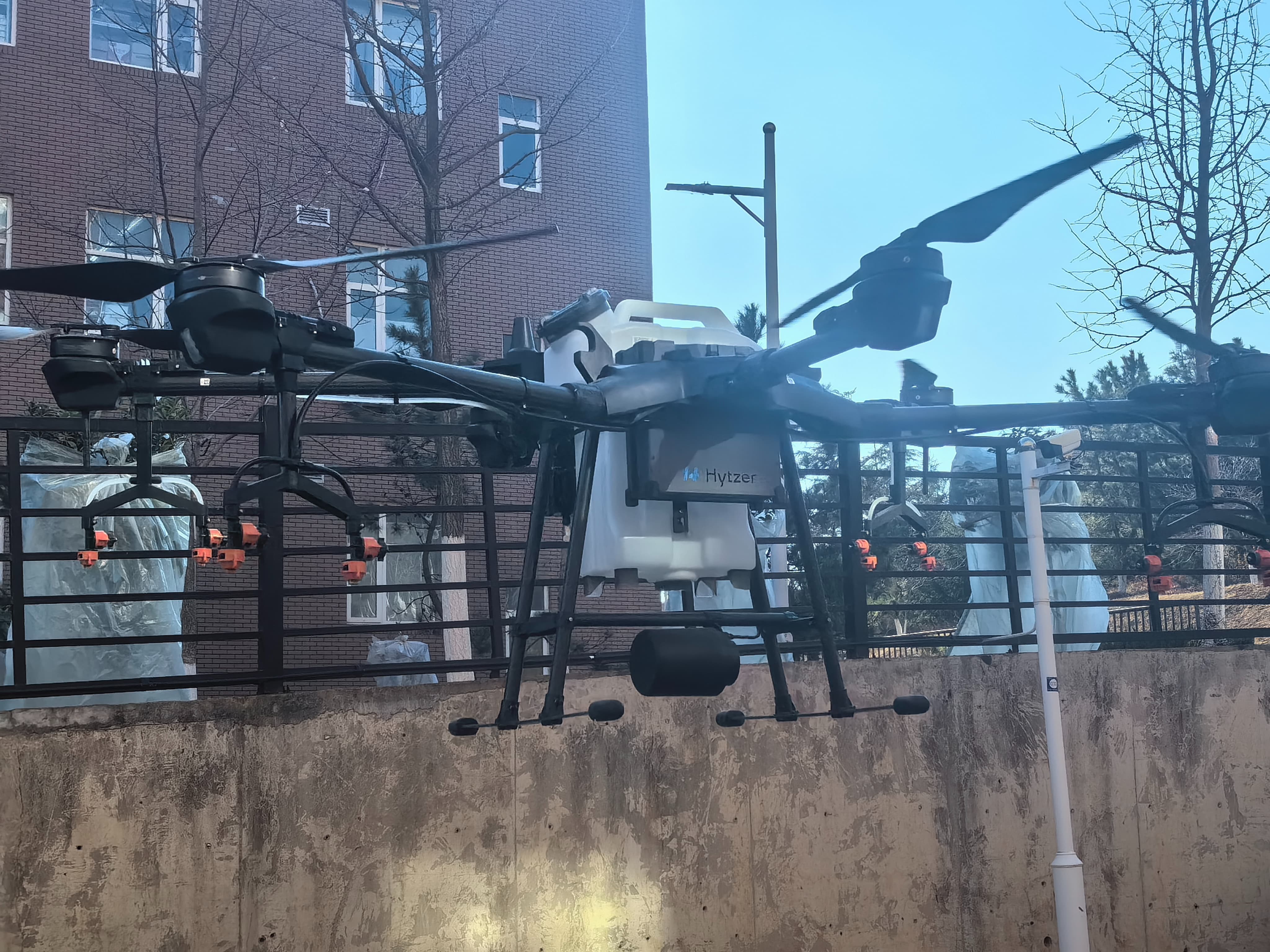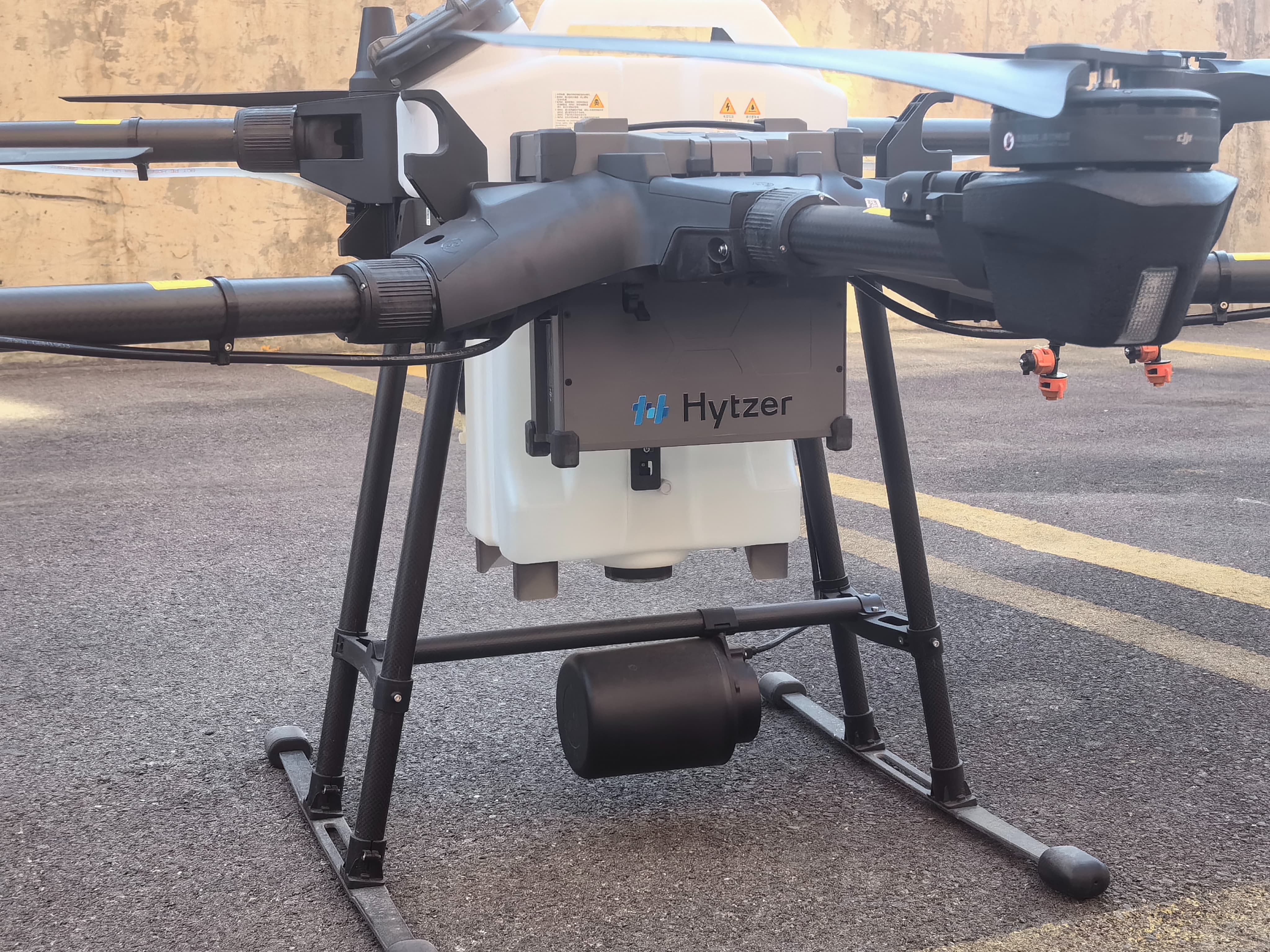
Drones play an important role in special fields such as agriculture, environment, and transportation, making drone technology, especially heavy-duty drones, a hot topic of competition among countries. Among them, heavy-duty drones require extremely high power during takeoff, acceleration, or emergency stop, and have high requirements for battery performance.
Given the current performance of commercial batteries, the range of heavy-duty drones is very limited, usually only able to maintain 5-15 minutes under full load, which affects operational efficiency. How to increase the range while ensuring high output power is still a bottleneck problem that needs to be solved urgently. Improving the range first requires increasing the energy density of the battery. Currently, in the secondary battery system, lithium metal batteries can provide the highest energy density. In heavy unmanned aerial vehicles, using lithium metal batteries to achieve range extension is extremely challenging. This is because lithium metal negative electrodes will cause severe pulverization during high current and high surface capacity cycles, significantly increasing the internal resistance of the battery and unable to meet high power requirements. In addition, high power can easily generate lithium dendrites, posing a huge safety hazard to batteries.


Researchers have been working on lithium-metal batteries for a long time, using polymer coating technology with ion conductivity and in-situ SEI regulation technology to suppress lithium pulverization and significantly improve the cycling and safety performance of lithium-metal batteries. At present, the energy density of polymer lithium batteries can reach over 460Wh/kg. Furthermore, it is worth emphasizing that by optimizing the key material system and electrode structure system of the monomer, the core bottleneck problem of the battery system being unable to balance high instantaneous output power and high endurance has been solved. The developed polymer lithium metal battery will be equipped with medium-sized drones, achieving a range of more than three times that of existing commercial drones. This work greatly improves the efficiency of drones and expands their application scenarios. It is expected to play a greater role in epidemic prevention and control, offshore monitoring, and island transportation in the future.
